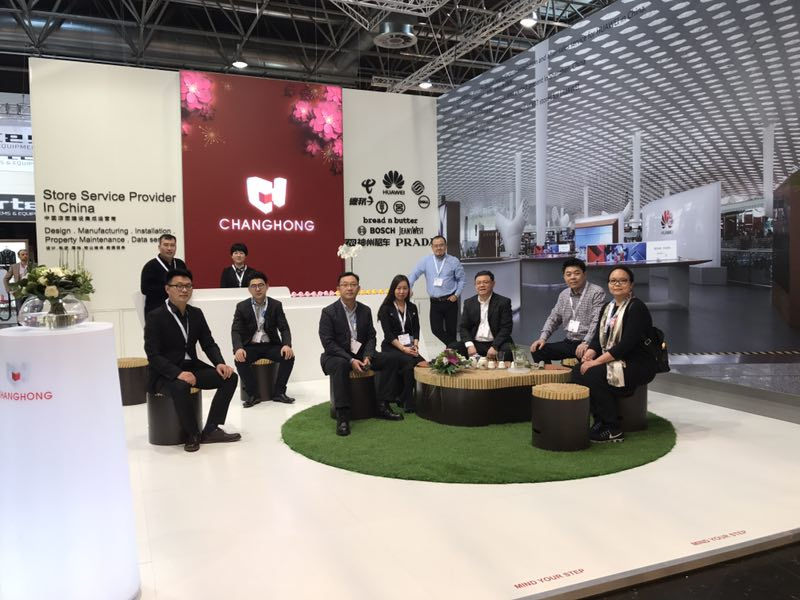Ноя . 21, 2024 16:53 Back to list
shop fixture
Understanding Shop Fixtures A Comprehensive Guide
Shop fixtures play a crucial role in the retail environment, serving as essential tools that enhance the shopping experience and facilitate product display. These fixtures encompass a wide range of items, including shelves, racks, displays, and signage that are strategically placed within a store to maximize both functionality and aesthetics. This article delves into the significance of shop fixtures, their types, and how to effectively utilize them to improve customer engagement and boost sales.
The Importance of Shop Fixtures
First and foremost, shop fixtures are vital for organizing merchandise in a way that is both appealing and accessible to customers. A well-thought-out layout enables shoppers to navigate the store seamlessly, encouraging them to engage with products in a meaningful way. The arrangement of fixtures can directly influence customer behavior; for example, items placed at eye level are more likely to catch a shopper’s attention compared to those positioned lower or higher.
Additionally, fixtures contribute to the overall branding of a retail space. The design, color, and material of the fixtures should align with the brand's identity and values, creating a cohesive ambiance that resonates with customers. For instance, a high-end boutique may opt for sleek, minimalist fixtures made from luxurious materials, whereas a whimsical toy store might choose colorful, playful displays that inspire joy and creativity.
Types of Shop Fixtures
1. Shelving Units These are perhaps the most common type of shop fixture. They come in various styles, from wall-mounted shelves to freestanding units, allowing retailers to display products efficiently. Adjustable shelving can accommodate different product sizes, making it a versatile choice for dynamic inventory.
2. Display Cases These are typically used for high-value or delicate items that require protection. Glass display cases provide visibility while keeping products secure from theft or damage. They are often used in jewelry stores, electronics shops, and high-end boutiques.
3. Racks and Hangers Clothing retailers extensively use racks and hangers to showcase apparel. Various styles, including garment racks, waterfall racks, and hanging racks, help to optimize space and enhance the presentation of clothing. Seasonal displays can also be easily rotated using these fixtures.
4. Point-of-Sale Fixtures These fixtures are strategically placed near the checkout area to encourage impulse purchases. They often display small, high-margin items such as candies, magazines, or travel-sized products that customers can grab as they finalize their purchases.
shop fixture

5. Signage While not traditional fixtures per se, signs and banners are crucial in guiding customers through the store. They provide essential information, such as pricing, promotions, and product categories, helping shoppers make informed decisions without excessive wandering.
Best Practices for Effective Fixture Use
To maximize the impact of shop fixtures, retailers should consider the following best practices
1. Store Layout The layout should foster a natural flow that encourages exploration. Common layouts include grid, loop, and free-flow, each serving different types of retail environments. Testing different layouts can help determine what works best for a particular store.
2. Visual Merchandising Employing visual merchandising techniques can significantly enhance the appeal of shop fixtures. This includes eye-catching displays, harmonious color schemes, and strategic lighting that highlight key products. Visual storytelling can also draw customers in, making the shopping experience more engaging.
3. Seasonal Changes Regularly updating fixtures to reflect seasonal changes or promotional events can rekindle customer interest. This not only keeps the store looking fresh but also encourages repeat visits, as customers return to see the new displays.
4. Customer Feedback Gathering customer feedback on the layout and functionality of fixtures can provide valuable insights. Understanding how customers interact with displays can inform future adjustments, ensuring that the store remains responsive to their needs.
Conclusion
Shop fixtures are more than mere furniture; they are instrumental in shaping the shopping environment and can greatly influence consumer behavior. By understanding the various types of fixtures and implementing best practices for their use, retailers can create inviting spaces that enhance customer experience, promote products effectively, and ultimately drive sales. Investing time and resources into thoughtful fixture design and arrangement is a critical element of successful retail strategy.
-
The Impact of Display Racks on Promoting Sustainable Product Consumption
NewsMay.14,2025
-
The Display Table Is A Catalyst For Sustainable Consumer Engagement
NewsMay.14,2025
-
Sustainable Modern Retail Store Fixtures
NewsMay.14,2025
-
Store Design Innovations for Enhanced Customer Experience and Sales
NewsMay.14,2025
-
How Shoe Shop Displays Influence Sustainable Footwear Choices
NewsMay.14,2025
-
How Display Counter Aids in Efficient Resource Management in Communities
NewsMay.14,2025


















































































































